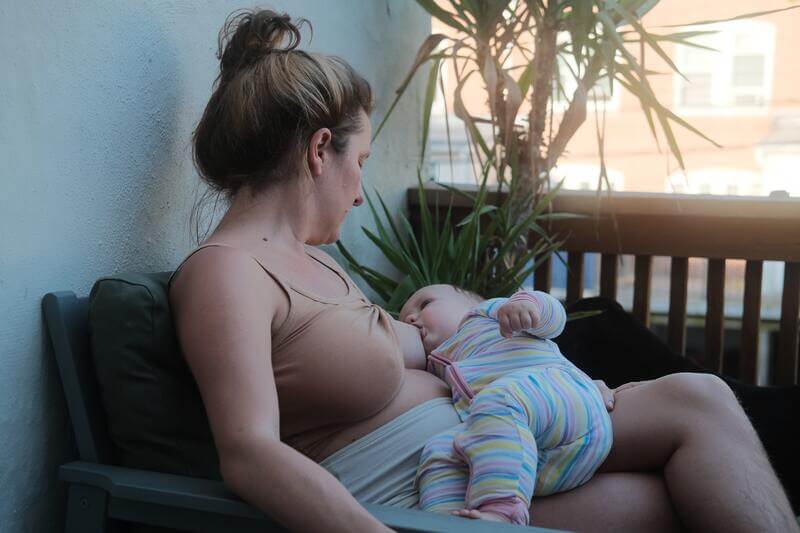
Hormones. We don’t often think about them until they are causing a problem—acne in puberty, mood swings and other premenstrual symptoms, or hot flashes during menopause, to name a few.
But hormones are responsible for much more than that. Hormones help us get a good night’s sleep, fall in love, and take on the day with energy and vigor. Hormones are a variable thing—each individual comes with a unique hormonal landscape that will shape their life experience.
With hormones influencing so many facets of our lives, it’s no surprise that they play a starring role in your breastfeeding journey. They drive milk production, bonding, letdown, our energy levels, and, ultimately, influence the weaning process. Interested in learning more? Keep reading!
Hormones—it is a word we use a lot, but what are they really?
Hormones are, essentially, chemical messengers that transmit information throughout the body. They are made and released by a variety of glands, organs, and tissues and they play a particularly vital role in the bodies of pregnant people. This is especially true when it comes to lactation and navigating the postpartum period.
The primary breastfeeding hormones are estrogen, progesterone, oxytocin, and prolactin. Each one has a distinct—and very important—role in the feeding process. An imbalance in any of these naturally occurring hormones can disrupt the breastfeeding experience, so it’s important to understand the hormonal fluctuations that the body goes through during pregnancy, labor and delivery, not to mention postpartum and weaning.
Knowing how hormones work can help you more confidently navigate the emotional and physical changes that occur when you welcome a child into your family (even if you still have to deal with the mood swings, hot flashes, and late-night cravings for Ben & Jerry’s with a side of pickles).
Lactation is a complex process that occurs in two primary phases: endocrine, or hormonal, control and autocrine, or local, control. Initially, lactation is driven by hormones—primarily estrogen, progesterone, and prolactin. These hormones are what get colostrum production started around twenty weeks of pregnancy, and they continue to be in control until a few days after delivery.
At that point, hormones gradually begin to take a backseat in regulating milk supply, as ongoing lactation is managed by supply and demand. However, even after autocrine control of milk production begins, hormones continue to play an important role in the mental and physical health of lactating parents and infants.
Estrogen and progesterone are hormones that sustain pregnancy and prevent preterm labor or miscarriage. These hormones also initiate lactation, causing glandular (milk-making) tissue in the breasts to develop during the pregnancy period.
During pregnancy, estrogen, progesterone, and prolactin levels rise, initiating the first stage of lactation. It’s important to note that even non-gestational parents (like transgender parents or adoptive parents) can induce lactation by stimulating breast milk production with hormone therapy.
Prolactin is the main hormone involved in milk production and supply, although it isn’t fully engaged in the lactation process until after delivery. That’s because when estrogen and progesterone levels are high during pregnancy, they prevent prolactin from binding to receptors that would stimulate the breasts to release milk. Once estrogen and progesterone levels drop after birth, prolactin takes over breast milk production.
Although prolactin is partially inhibited during pregnancy, it still has an important role to play during this period—stimulating the development of glandular tissue, where breast milk will later be produced.
Once labor begins, our hormonal balance experiences a major upheaval. There are many hormones engaged during delivery, but the primary ones that impact breastfeeding are oxytocin, progesterone, and prolactin.
The factors that initiate labor are multifaceted and complex, but one of the major contributors, in part, is a rising level of the hormone oxytocin.
If you’ve given birth, you probably know what contractions feel like. The culprit of those painful-yet-important labor pains is oxytocin. During labor, oxytocin spikes, causing the uterus to contract and eventually dilating the cervix to prepare for delivery.
After delivery, oxytocin levels remain high—especially once you get to hold your baby. In fact, oxytocin levels rise even in a non-gestational parent when holding a newborn!
The oxytocin peak after birth is important for several reasons:
After birth, progesterone levels decline sharply. Since progesterone had been inhibiting the role of prolactin in milk production during pregnancy, this rapid drop in progesterone allows prolactin to become engaged in the lactation process.
Skin-to-skin contact with a newborn doesn’t just cause oxytocin levels to spike. It also promotes rising prolactin levels. With progesterone levels waning and prolactin peaking, the body is receiving the message that it’s time for breast milk to be made.
The breast milk produced in the first few days postpartum is called colostrum. Colostrum is typically low in volume, but thick in texture and rich in nutrients and antibodies. While a small amount of colostrum is sufficient for your baby in the first few days of life, high levels of prolactin (and lots of suckling with a strong latch by an infant!) in the days after delivery helps encourage your mature milk to come in.
In the days and weeks after delivery, hormone levels continue settling and shifting. It’s around this time that continued breast milk production gradually becomes more regulated by autocrine control.
Beginning during this time, and for the duration of the breastfeeding relationship, the most important factor determining milk production is how much milk is regularly emptied from the breast. But although the volume of milk produced is no longer solely under hormonal control, hormones still continue to play a large role in maintaining lactation Oxytocin
Breastfeeding comes down to two processes: making milk and releasing it. While prolactin helps make milk, oxytocin is the hormone that makes milk accessible to a breastfeeding child. Oxytocin stimulates mammary cells to contract, ejecting milk in a process often known as the letdown reflex. Oxytocin can stimulate a letdown when a baby is trying to suckle at the parent’s breast. For some parents, hearing, smelling, or even thinking about their baby can trigger this reflex!
As mentioned above, oxytocin is released during skin-to-skin contact between a parent and child. This not only promotes an intimate bond, it can also help support parents’ mental health during the postpartum period. In fact, breastfeeding has been shown to prevent mental health symptoms during this period, and it’s suspected that high oxytocin levels play an important role.
Prolactin controls breast milk production in the first few weeks after birth. Because more prolactin is produced in the body overnight, many parents have higher levels of breast milk in the early morning hours. In fact, frequent breastfeeding overnight can help increase milk production—and because high prolactin levels are associated with sleepiness, most parents find it easy to fall back asleep after breastfeeding at night.
A few weeks after delivery, the direct relationship between prolactin levels and milk production begins to diminish as lactation transitions to autocrine control. If milk removal through breastfeeding or pumping is discontinued during this time, breast milk production will slow and eventually stop completely.
After delivery, estrogen and progesterone levels fall rapidly and dramatically. For some individuals, this sudden drop in hormones can cause emotional symptoms like sadness, irritability, or stress. For many people, these emotional symptoms, which are frequently called the “baby blues,” only last a few weeks postpartum and resolve without any additional support. For others, these feelings may represent the onset of a more serious postpartum mood disorder.
If you experience these or other symptoms for more than two weeks, it’s imperative to seek help. For more on the difference between postpartum mood disorders and baby blues, we highly recommend visiting Postpartum Support International.
Many breastfeeding parents notice that they do not experience menstruation while lactating. In fact, many exclusively breastfeeding parents don’t menstruate or ovulate for around six months after delivery, when solid foods are typically introduced and the frequency of breastfeeding tends to decrease. This natural birth control, called the lactational amenorrhea method, can help prevent some individuals from getting pregnant while they are breastfeeding.
Lactational amenorrhea occurs because breastfeeding stimulates changes in another important group of hormones. These are the same hormones that control your monthly menstrual cycle—gonadotropin releasing hormone, follicle stimulating hormone, and luteinizing hormone. During lactation these hormones suppress ovulation, which explains why breastfeeding can function as a form of birth control.
While breastfeeding is not a completely reliable birth control method, breastfeeding and fertility are intricately linked due to the complex interplay of hormones in the body during the postpartum period. There are many factors that can impact the efficacy of lactation amenorrhea as a form of contraception, so if you are considering using breastfeeding as a form of contraception, it’s a good idea to talk to a lactation consultant to make sure that your breastfeeding routine can provide your desired contraceptive benefit.
The last stage in every breastfeeding relationship is weaning. While the right time to wean is different for every family and child, all children wean at some point. As a child weans, the body slowly produces less milk, and hormone levels shift for the last time.
Once a child no longer requires breast milk, the body stops making it. As milk production slows and eventually stops, prolactin and oxytocin levels decrease. While breastfeeding, these hormones promoted feelings of contentment, peace, and intimacy.
As these hormone levels drop, some individuals experience complex physical and emotional symptoms including moodiness, sadness, or insomnia. While these symptoms usually only persist for a few weeks, some people do experience post-weaning depression, so it’s a good idea to discuss your situation with a supportive medical provider if you are struggling with uncomfortable feelings after weaning.
Much of the breastfeeding journey may be guided by hormones, but that doesn’t mean it’s a stress-free process for everyone. If you need support on your breastfeeding journey, our multilingual, LGBTQ+ inclusive IBCLCs are available for support.
With appointments during the day, evenings, and weekends, we’re always available to help. Book a convenient online video appointment with a Nest Collaborative IBCLC today.
